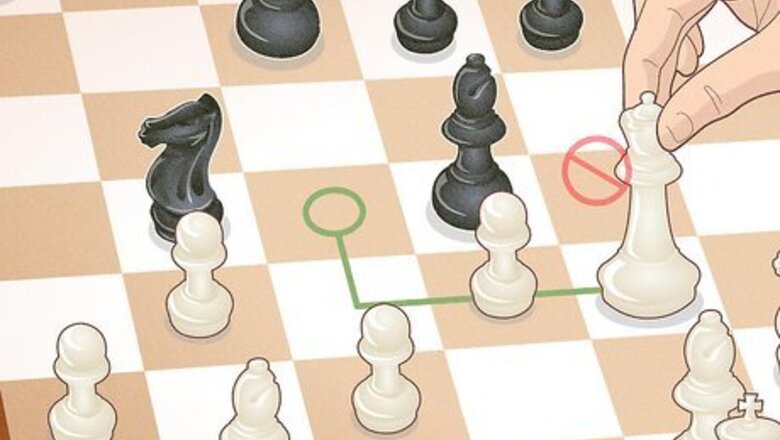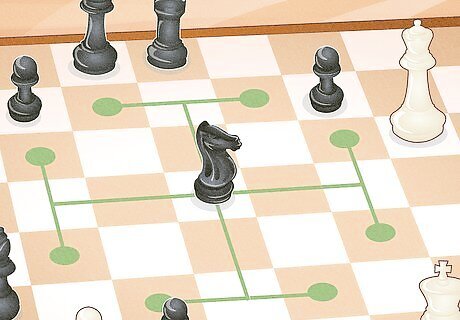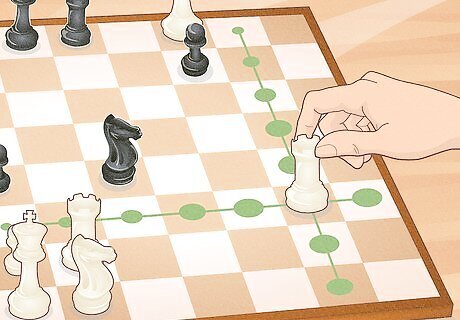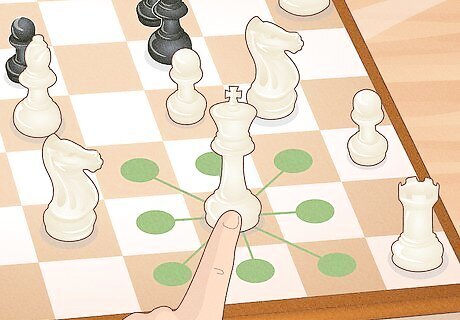
views
- Queens are not allowed to jump over pieces or move in the same pattern as knights.
- Queens can move any number of spaces in a straight line horizontally, vertically, or diagonally as long as the path is unblocked.
- Knights can move in an L-shape, going 2 spaces in one direction and 1 space at a right angle.
Can the queen move the same way as a knight?

No, the queen cannot move or jump like a knight. Queens can only move in a straight line, but knights move 3 spaces in an L-shape. Knights can jump over other pieces blocking their way, but a queen cannot. Queens and knights are both able to “fork” 2 or more pieces, which means they have the potential to attack your opponent on 2 or more squares at the same time.
How does a queen move in chess?

Queens can move any number of squares. Your queen can move in a straight line horizontally, vertically, or diagonally as long as the spaces are empty. If the queen lands on a square with an enemy piece, that piece is captured. Your queen is the most powerful piece in the game, so you should protect it from getting captured as much as you can. If there’s one of your opponent’s pieces on the square where you end your movement, capture it and remove it from the board.
How does a knight move in chess?

Knights move through 3 squares on the board. Knights (or horses) have a unique L-shaped movement. First, move the knight 2 squares in one direction, and then make a right-angle turn to move 1 more space. Knights are able to jump over friendly and enemy pieces that are blocking the way between their start and end squares. A knight always lands on a square that’s the opposite color of the one it started on. If an enemy piece is on the square where a knight ends its movement, that piece is captured and removed from the board. The knight is the only piece that can jump in chess, so try to keep them on the board as long as you can when you’re playing a game.
Moving Rooks, Bishops, Pawns, & Kings

Rooks Rooks (or castles) move any number of spaces in straight vertical or horizontal lines as long as the path isn’t blocked. Each rook can move forward or backward on the board.

Bishops Bishops move any number of unblocked spaces in a straight diagonal line, forward or backward. Each bishop can only move on spaces that are the same color as its starting square.

Pawns The first time you move a pawn, you can move it forward by 1 or 2 squares as long as the path is clear. After that, pawns only move 1 space straight forward as long as it’s empty. Pawns can move 1 space forward diagonally if they’re capturing a piece.

King Kings can move vertically, horizontally, and diagonally, but only by 1 space at a time. You can move your king forward or backward as long as they aren’t blocked or put you in checkmate.



















Comments
0 comment